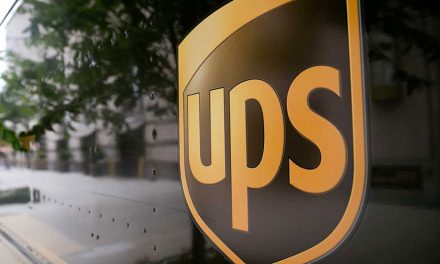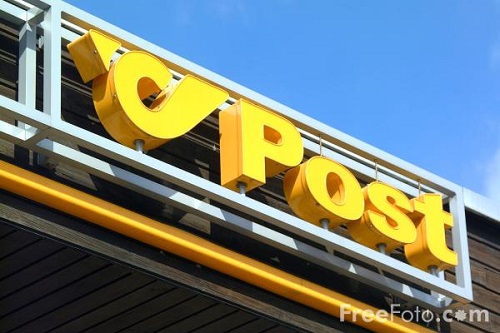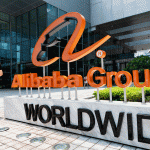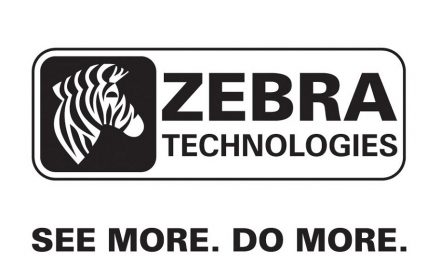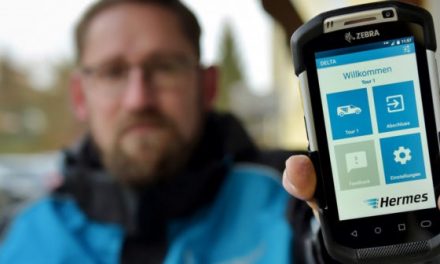
Technology in the Post and Parcel Market: Refining Performance

Daniel Dombach, Director EMEA Industry Solutions, Zebra Technologies, looks at how evolving technology and new services are helping postal companies to achieve their key goals. The post and parcel industry is a dynamic sector. Parcel companies are adjusting to a change in the business mix: driven by ecommerce, parcel volumes are up, by 6.7% globally in 2015 [1], while e-substitution has seen mail volumes fall by 3.9% [2]. Competition is increasing. For instance, Amazon has invested in Colis Privé in France [3] and has a stake in Yodel in the UK, ahead of what’s believed to be a broader push into the sector. And, for many large customers, especially retailers, there’s a drive to accelerate delivery – some brands are starting to offer same day fulfilment – and make it more convenient for consumers. Adjusting to each of these issues means further refining workflows to accelerate fulfilment, reduce costs, enhance revenues and find new ways to make deliveries first time.
TECHNOLOGY EVOLVES
The growth in parcel volumes, the push for shorter delivery times, and the need to control costs, has created greater demand for real-time visibility over operations. Post and parcel companies are improving this visibility by using digital technologies. Technologies such as labelling and sensors, wireless networks, scanners and mobile computers, logistics solutions (e.g. route planning and guidance) and applications such as Big Data (to find ways to smooth workflows) – can combine to help post and parcel companies see more across their business. Indeed, the wider use of technology is leading to enhanced performance ensuring that teams always have access to the right information at the right time while items can be tracked from receipt, through sortation, on to transportation and into the customer’s hand. Examples include:
Sortation
Sortation centres are now ‘fully connected’. Reliable, high-performance Wi-Fi networks provide immediate connectivity between teams and back office applications – both in the depot or warehouse and out into the yard. Teams can access the right information at the right time: whether they’re unloading parcels, sorting them, packing them on to vehicles or driving them on to customers.
Route optimisation and fleet management
Schedule planning and route optimisation systems are helping postal companies reduce costs and delivery times by more effectively planning drivers’ drops and pick-up routes. In addition, data from smart roads, which provide real-time insight into traffic conditions, is increasingly being used to modify routing in real time to try to avoid hold-ups. Also, we expect to see a greater use of vehicle analytics systems. These stream telemetry data showing how vehicles are driven – from speeds to braking pressures. This can help improve driver training and some insurance companies are considering using it to provide adjusted premiums – the better the driving, the lower the cost.
Item tracking
Larger items such as parcels can be tracked into and out of depots, onto vehicles and through to last-mile delivery with a scan of barcodes at every step. In addition, mobile computers can be used to secure proof of delivery with a customer’s signature on screen. If a customer is not in, but has left instructions for the item to be left in a safe place, drivers can also use GPS location and photographs to provide evidence of the drop. Also, special items – e.g. perishable/temperature sensitive goods – can have smart sensors attached to them. These sensors can pass a continuous steam of data back to head office – using the mobile network – to ensure compliance with delivery requirements (e.g. the cold store in the vehicle remained above a certain temperature).The sensors can also raise alarms to forewarn of an emerging problem (the temperature is rising) so remedial action can be taken to stop spoilage.
The stream of data from labels and smart sensors significantly reduces administration while cutting the use of paper to save money and reduce environmental impacts. It also allows customers to view the status of their items online.
Paperwork is reduced, too, when dealing with exceptions (e.g. damaged goods), which can be flagged to dispatch in real time to take corrective action if needed. Furthermore, drivers can use cameras, and quick-fill forms on their mobile computers, to build a report on compromised packages and immediately flag the issue to customer service teams.
Improving first-time deliveries
The widespread use of scanners and mobile computers is increasing the accuracy and immediacy of data available to postal companies. This insight is being used to communicate constantly with end customers – sending a message in the morning of delivery with an estimated time window – and updating people if delays occur. Forewarned is forearmed and increasingly customers are being given the option to change delivery drops. For instance, they can request a new time and ask for the parcel to be left with a neighbour or a nearby convenience store. Postal companies are also investing in other ways to increase delivery success rates.
Innovative delivery
A visible element of the drive to improve first-time delivery rates is the use of lockers – often at transport hubs or major shopping centres. Customers can be sent an SMS with a special code to unlock their items. When the items are removed, automatic sensors can confirm this. Lockers can also be used for returns.
Lockers provide an efficient way to reduce delivery times. And, in markets like retail – where consumers expect to buy, try and return goods in the way that’s most convenient for them – and, get their purchases as quickly as possible, lockers are a key part of the delivery mix. They are popular, too, with 5 million people registered to use Deutsche Post DHL’s 2,700 locker sites in Germany. In addition, retailers with large bricks and mortar estates are starting to offer their stores as drop and return hubs. For instance, Argos in the UK recently launched its ToYou service whereby consumers can collect and return orders placed with third party retailers – with every item tracked online.
Driving revenues
Mobile computers and printers are also increasingly being used by post and parcel companies to allow drivers to upsell services when delivering goods. These mobile post shops can sell anything from stamps to insurance, to foreign currency.
Going green
The parcel industry is making great efforts to reduce its carbon footprint. UPS’ mixed hybrid and electric vehicle fleet has already completed 240 million miles* while DHL plans to reduce CO2 emissions by 30% by 2020.** And, as the Internet of Things becomes a reality, smart city infrastructures will start to evolve. Traffic systems will better manage flows, and low emission zones will place an emphasis on electric powered vehicles. With 66% of the world’s population expected to live in cities by 2050,*** companies are looking for ways to make the last mile ‘more green. Mobile computers connected to traffic flow analysis will play a lead role in this.
*UPS.com
**DHL.com
***UPS.com
EFFICIENCIES ARE WORKING
The embedding of mobile computing and tracking technologies has helped postal companies seamlessly adjust to higher parcel volumes. What’s more, greater efficiencies have seen revenue from mail grow by 1.5% at a time when the volume of post has fallen [4].
We believe there’s more to come, too, with interesting technology being looked at by delivery companies to further improve performance and service. These include speech recognition to help people intuitively follow spoken instructions and more easily capture and share data for faster and more agile working. In addition, augmented reality, using heads-up displays in smart glasses to overlay digital information onto a user’s physical environment will support what we call ‘frictionless workflow’. Frictionless workflow allows technology to take a back seat so information and apps are used with minimal manual intervention to present the right information at the right time and in the right way. As we look forward, this and other technologies have the promise to provide new levels of productivity and consistency in how work is completed.
[1] Global Postal Industry report 2015, International Post Corporation
[2] Global Postal Industry report 2015, International Post Corporation
[3] http://uk.businessinsider.com/amazon-buys-the-remaining-75-stake-in-colis-prive-2016-1
[4] Global Postal Industry report 2015, International Post Corporation

